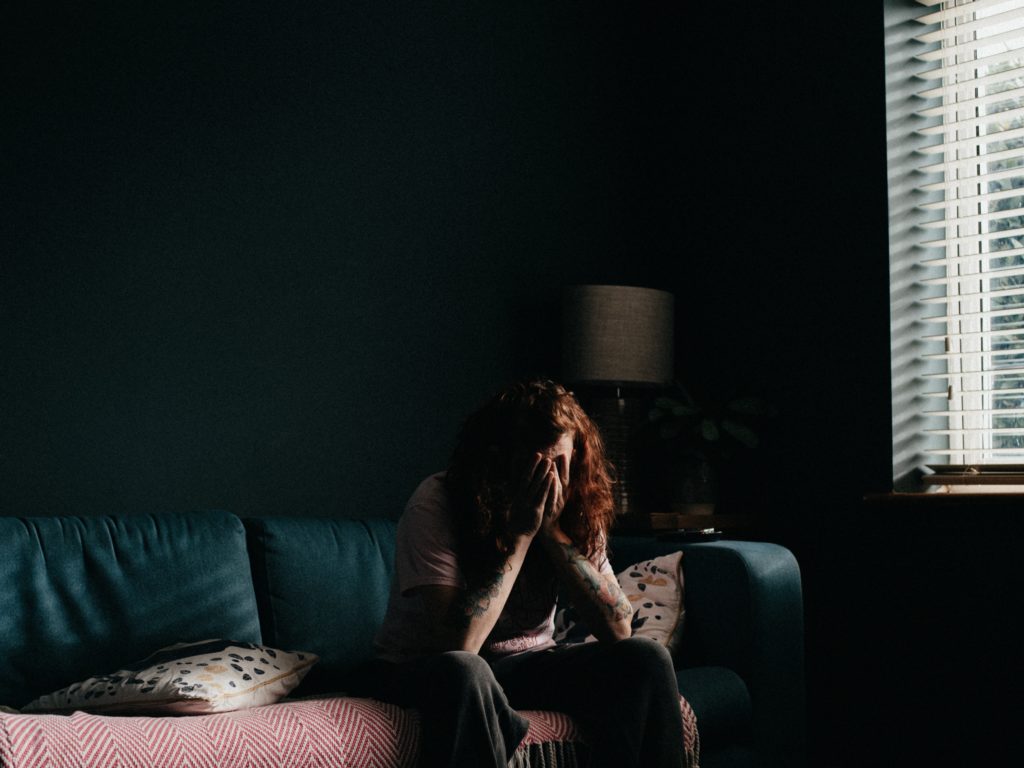I wrote about isolation for Real Business a year or so ago, noting the increase in people working from home, due to self-employment or Flexi-working. I could never have foreseen then how many more would have been working at home through COVID-19.
Nuffield Health has recently shared a helpful document on the effects of remote working on people’s wellbeing and productivity to help employers understand possible effects. Whatever the cause, the results are the same. Isolation is still a problem when working at home.
It is estimated that 40% of all workers will be self-employed by 2020 and a recent survey found that 91% of freelancers work, at least some of the time, at home. People chose self-employment for better work-life balance and less stress.
It’s for the same reasons your full-term team members want to follow suit. It sounds idyllic. But there are, of course, downsides.
Research shows that remote working can improve a business’s productivity by up to 30%, so it is hardly surprising that companies are moving this way.
In addition, they can wave goodbye to exorbitant office space and cut their overheads further by increased use of contractors. They can draw from a wider talent pool to combat skills shortages. It is a highly attractive package.
We would not be looking at this revolution without technology. Cloud-based solutions such as Vonage enable cheaper communication and collaboration with VoIP. Slack offers work focused solutions and tools like Trello and Google Hangouts make it more possible to create cultures across countries.
There are challenges that need to be addressed though. Companies will need to develop communication between members of their remote teams, not just for working efficiency, but to ensure they knit cohesively and identify themselves as a whole unit. These home accessories and gadgets may be useful to you when working from home too.
It is only a partial success for those involved. Some 18% of the UK’s home-based workers said at that point that they want to move back into a professional space. Millennials, particularly, tend to thrive in more socially stimulating office spaces. COVID-19 may have put some people off but for others, the dislike of isolation will win out every time.
While productivity may increase at home, so do the miseries that come with isolation. For this reason, some companies now run psychometric tests to see which employees are better suited to certain environments. Because flexible working does not just affect the individual changing location.
It will affect partners, children, and anyone else living in the home, often causing radical lifestyle changes. Yet these people are often in no position to have a say in this change.

Isolation isn’t solved with a phone and a laptop
Psychologist David Dean, who has specialized in studying the effects of working from home, explained to me that there are spatial and temporal separations from the home and office and men and women view home in different ways and in different contexts.
This alone causes new stresses to arise, which all lead to more detachment, more isolation. We no longer have to change clothes to go to work and that blurs the lines. The commute is missing, which is a time that helps to separate home from work and vice versa – and for us to mentally shift gears.
Those people who have a separate room to work in at home gain a little of this, and in an already busy, multi-functioning room. Distractions are then added to the problems of a lack of mental separation. Some people are driven to hide out in their cars to work in order to get peace and division.
Computers may be a link to the outside world, but that link also brings other issues. Residential broadband is often poor and commercial is massively more expensive. When technology breaks down, there is no friendly office IT specialist to whisk over to your desk, no backup computer to use instead.
Increasingly, it is being recognized that the biggest problems of working from home are the cultural aspects. A lack of social interaction can so easily lead to mental health problems – and frequent periods of depression.
The mental health charity Mind underlines how both isolation and loneliness can impact mental health. Anxiety is another big danger, with pressures from unreliable payments in particular.
Working from home can indeed change someone’s life, sometimes they have no choice. But the end result isn’t always good. So while employees demand a more flexible environment, there is a lot more to be done to understand and address the needs of their support.
You may also like to read this on the stress of working at home


